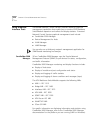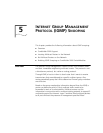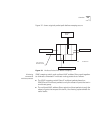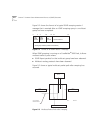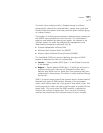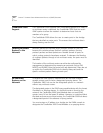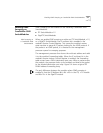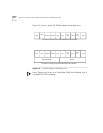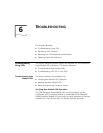
5-2
C
HAPTER
5: I
NTERNET
G
ROUP
M
ANAGEMENT
P
ROTOCOL
(IGMP) S
NOOPING
Disabling IGMP
snooping
The default setting for IGMP snooping is enabled. To disable it, enter
the SET VBRIDGE <X> IGMP_SNOOPING DISABLE command.
Before
implementing IGMP
snooping
Before you implement IGMP snooping within your network, be aware
of how the CoreBuilder
®
5000 SwitchModule and your software
vendor’s multicast applications function with respect to IGMP.
Inherently, all IGMP-compliant viewer applications on your network
issue IGMP Membership Report packets (in response to IGMP Query
Packets sent out from a local IGMP-compliant switch or router)
requesting either to start or to continue sending the multicast stream to
that port. However, some multicast applications do not send IGMP
reports onto the network from the broadcasting server.
Depending on how your network is configured, broadcasters that do
not send report packets onto the network can potentially cause
excessive flooding for that vbridge or subnet. The CoreBuilder 5000
filters multicast traffic on a per-stream basis after receiving an IGMP
report packet on the local vbridge or subnet. If IGMP report packets are
never seen for a particular multicast session, that stream continues to
flood within that vbridge or subnet. This situation may appear as if
IGMP snooping is not functioning properly, when actually it is the
limitation of the broadcasting application that fails to send IGMP Report
packets to the querying switch or router on that subnet.
Placement of IGMP
servers
Placement of IGMP multicast servers that do not issue IGMP Report
packets is critical to the proper functioning of IGMP snooping on the
CoreBuilder 5000 product. If your IGMP Broadcasting application does
not issue IGMP report packets, 3Com recommends that you either
place at least one multicast client within the same subnet or vbridge as
the IGMP multicast server or run the viewer software at the same time
on the broadcasting server.







